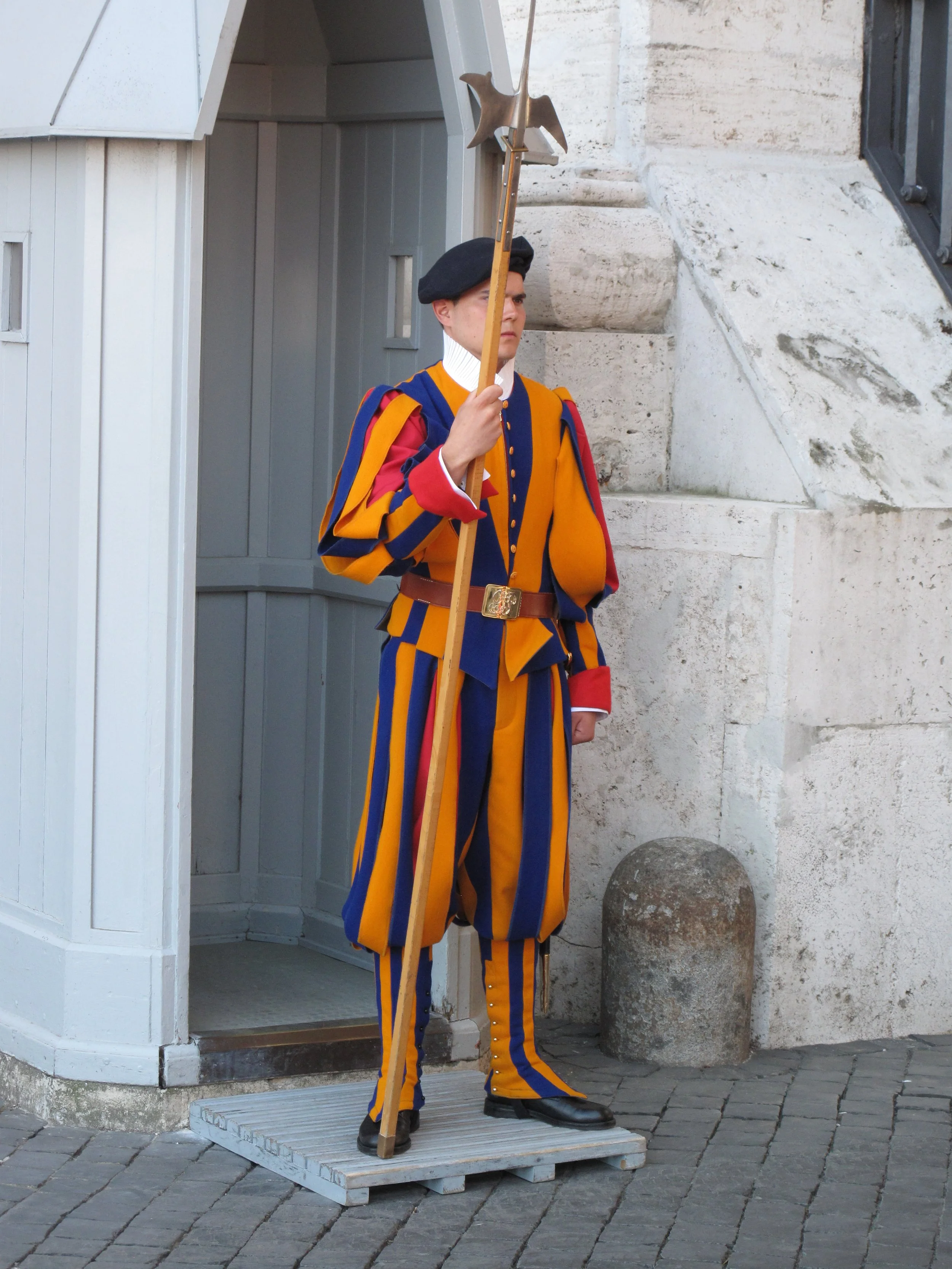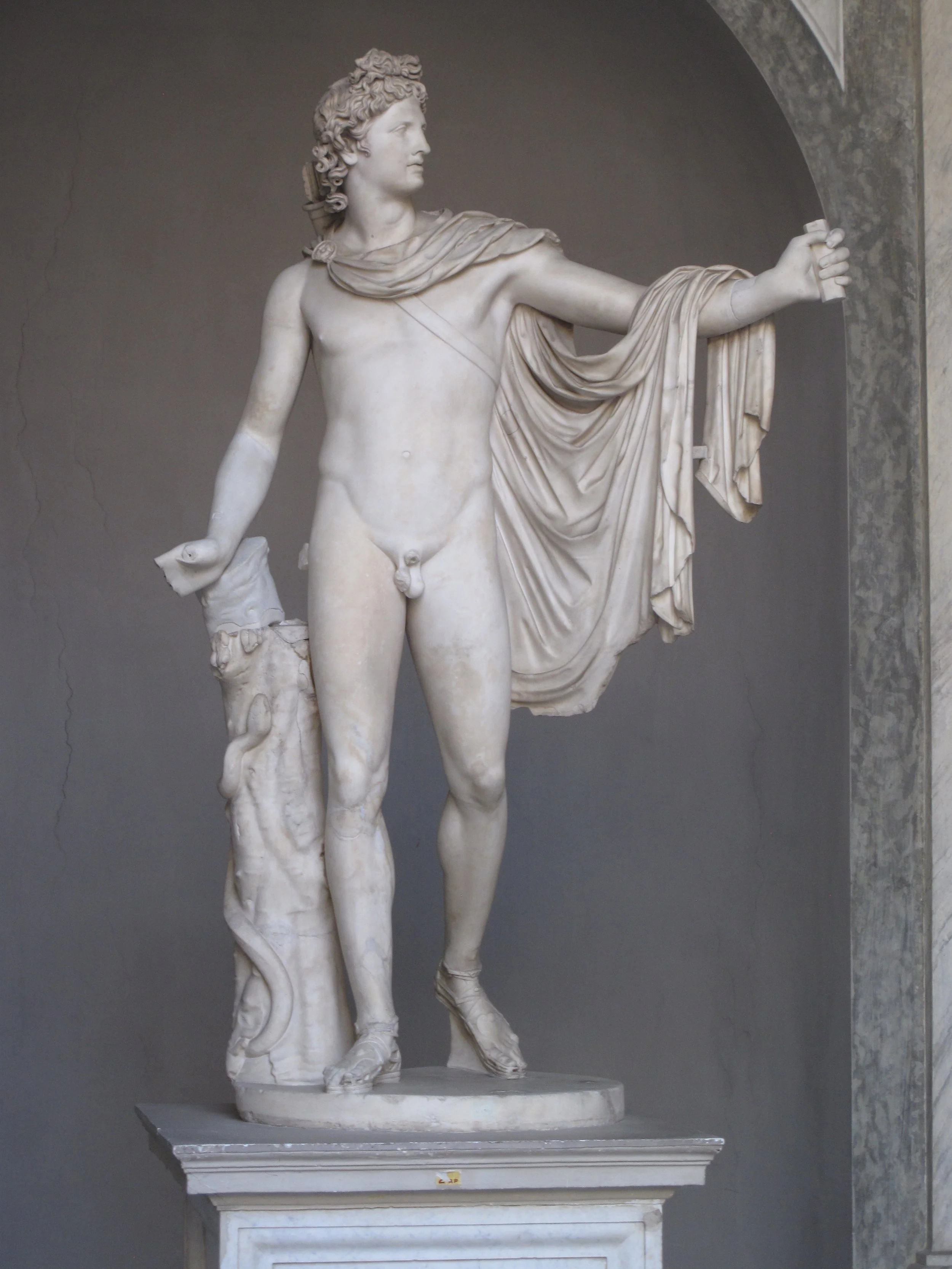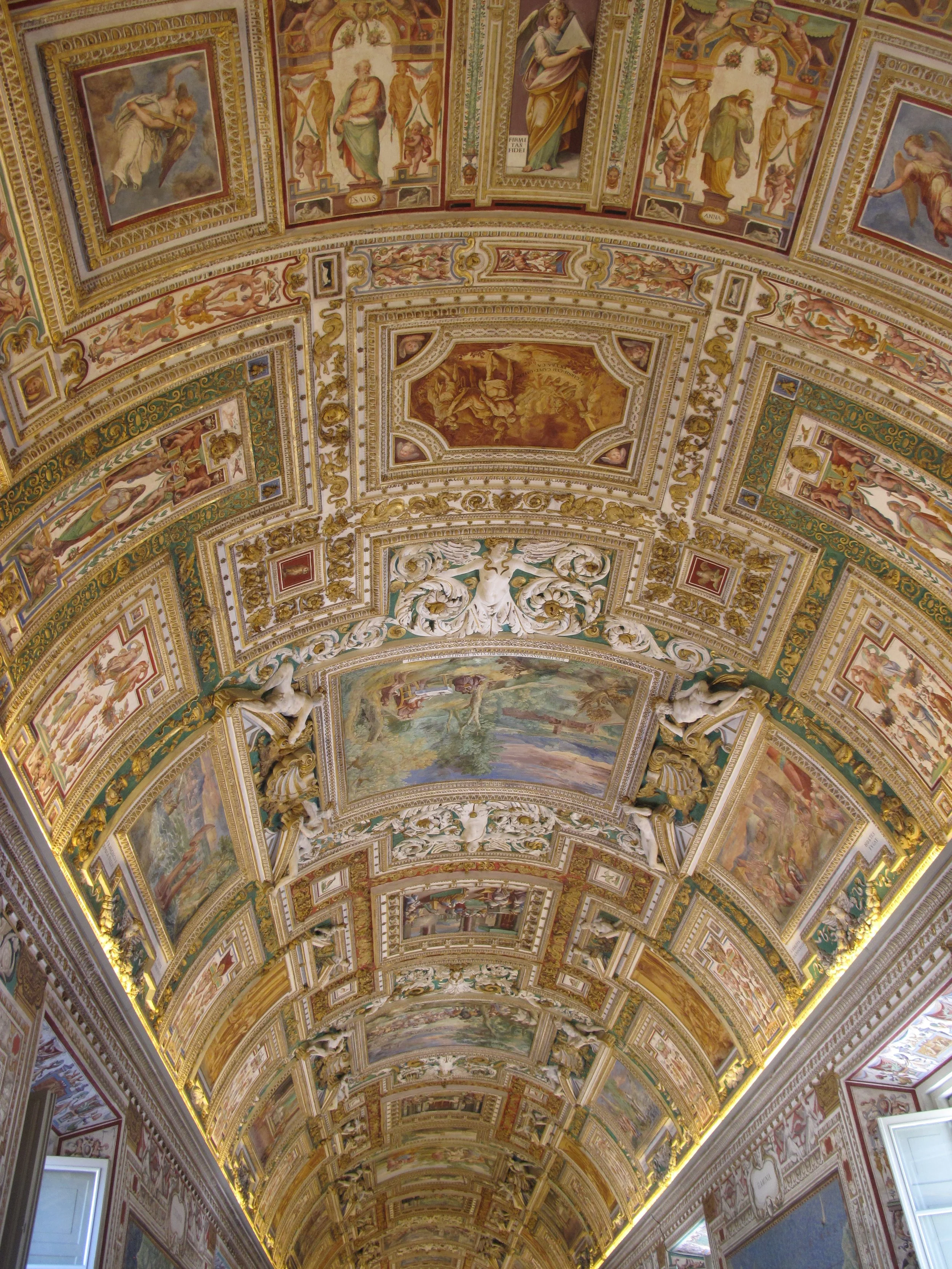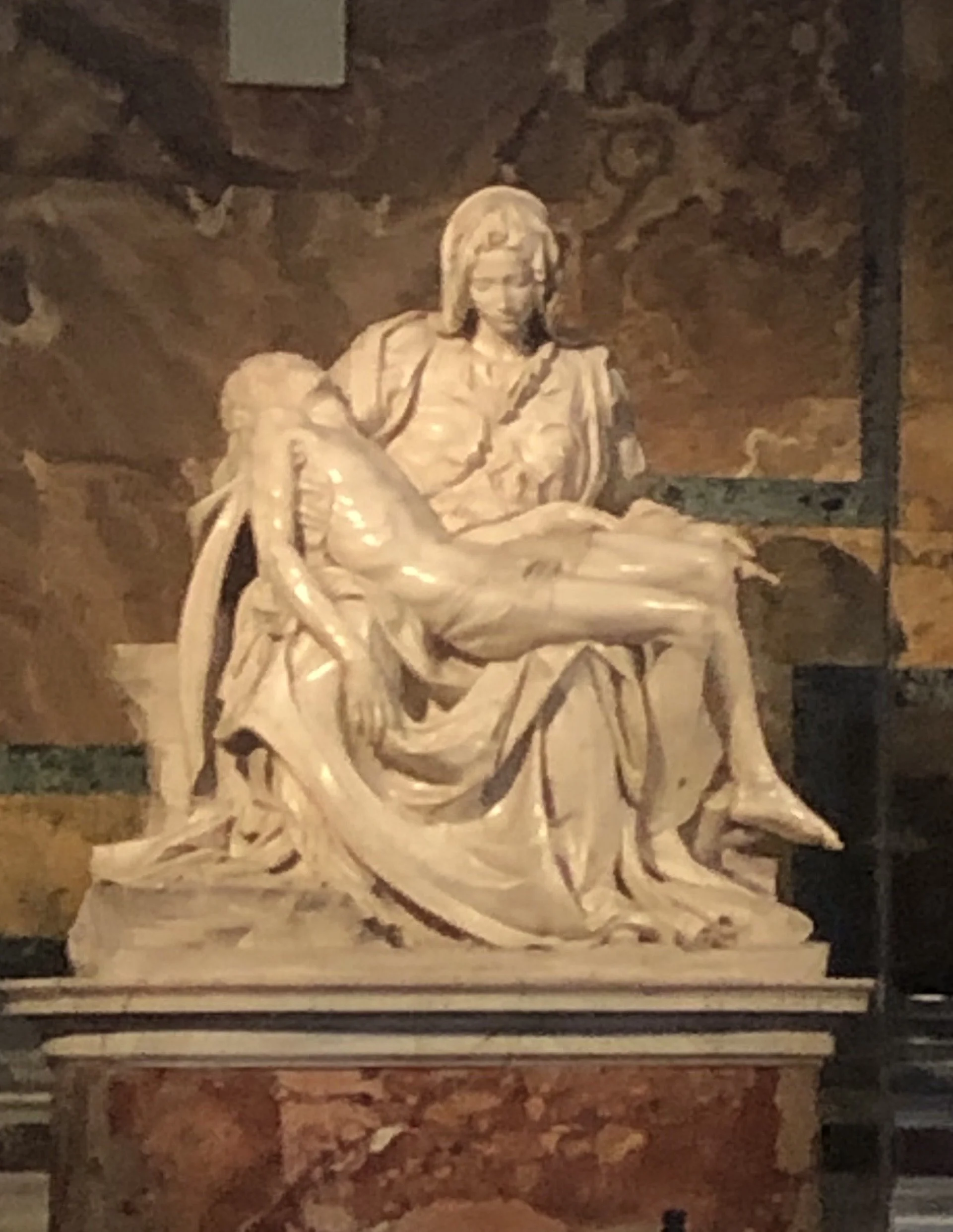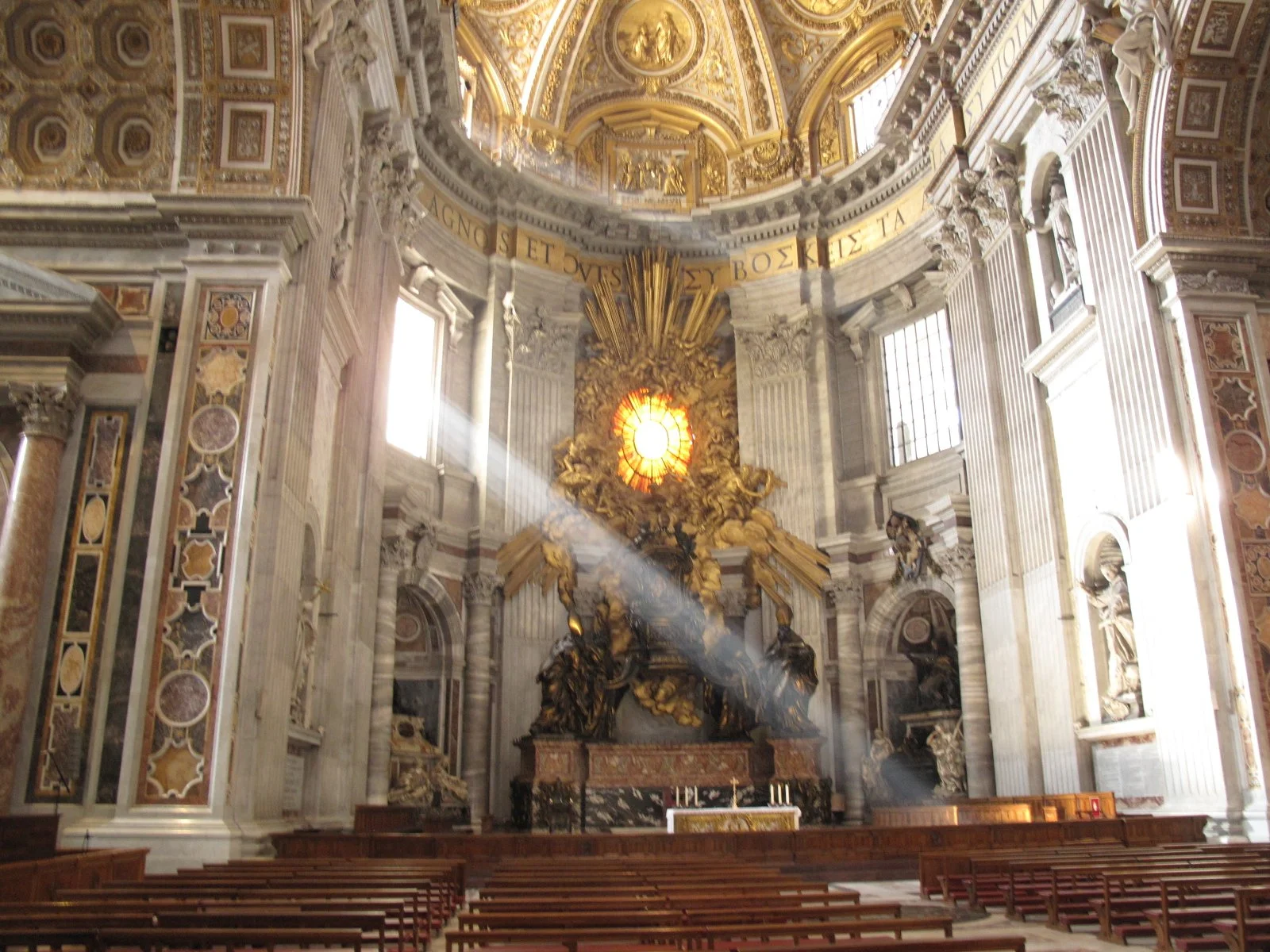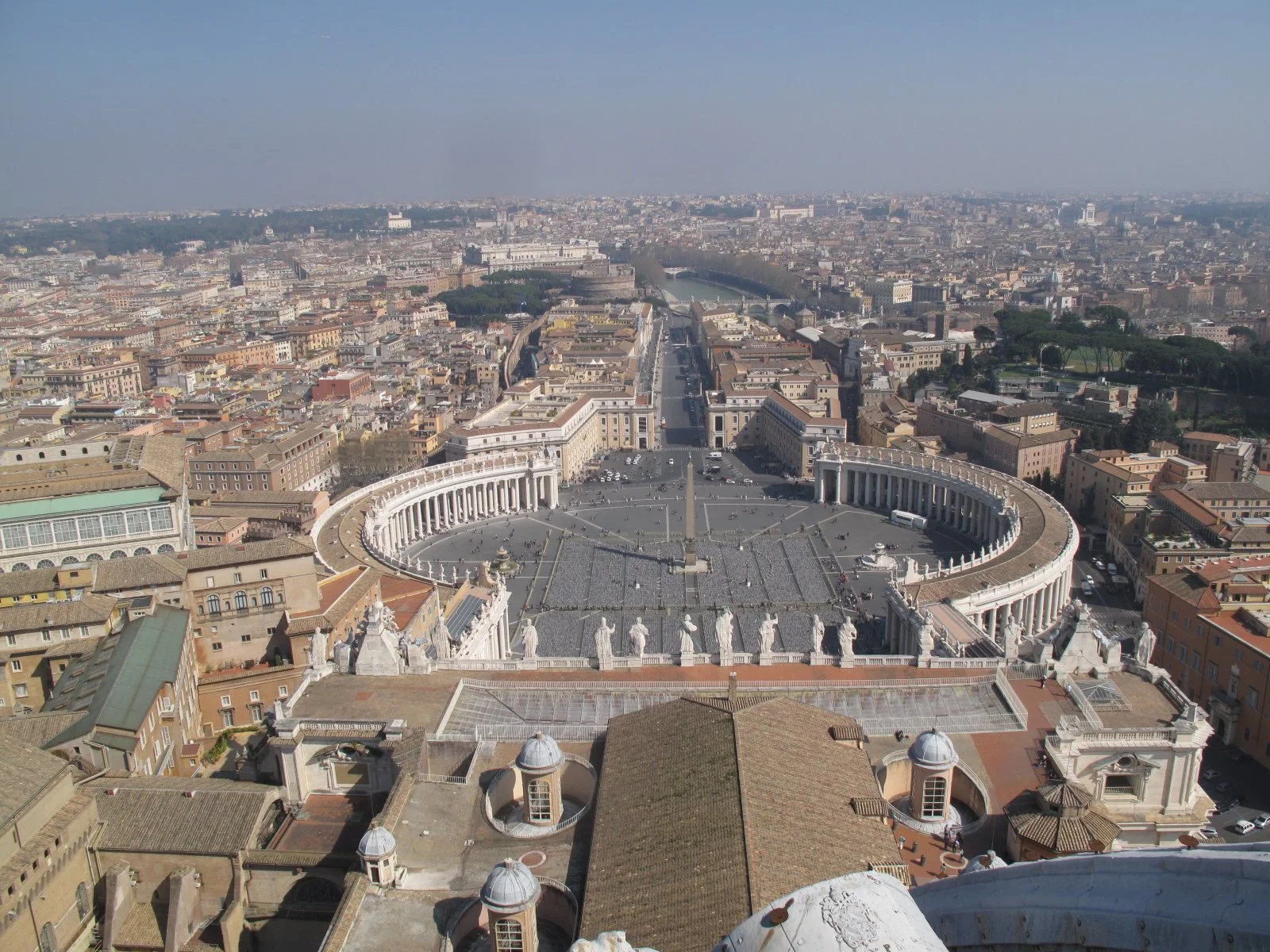Vatican. St. Peter’s Basilica and the Vatican Museums
The Vatican is a unique place. Within an area smaller than a few city blocks is a world class art museum, the world’s largest church, and the residence and offices of the leader of nearly 1.4 billion Catholics. It is the smallest sovereign country in the world and can be visited without a passport. It’s also the only place I know where ATM machines display instructions in Latin. Located on former marshland west of the Tiber River, the Vatican is entirely surrounded by Rome. Its independence was established under a 1929 law called the Lateran Treaty that was signed by Italian Prime Minister (later fascist dictator) Benito Mussolini. The Vatican’s area is about half of a square kilometer, much of it covered by gardens. It’s possible to walk the microstate’s perimeter in about 45 minutes. The Vatican’s 800 residents include security staff, clergy, and lay workers and their families. Citizenship is associated with an individual’s work on behalf of the Holy See. The Pope is considered head of state and has absolute power over all affairs. A police force called the Swiss Guards is stationed there for internal security. The Guards wear Renaissance-era dress uniforms with dark blue, red, and yellow tunics capped by a beret or helmet. The Vatican’s soccer team, known as the FC Guardia, is entirely made up of Swiss Guards.
During the Roman Era, the area now occupied by the Vatican was covered with gardens and villas. In 40 AD, it was the location of the Circus of Nero, a track used by horse-drawn chariots that featured an Egyptian obelisk at its center. Adjacent to the circus was a cemetery with altars, mausoleums, and shrines to pagan gods. The first church basilica was constructed during the 4th century over what was believed to be the tomb of St. Peter. In 1586, Pope Sixtus V returned the obelisk to its original location at the center of what is now St. Peter’s Square. Today, the Vatican and its grounds are a UNESCO World Heritage Site.
Whereas most visitors see only a few galleries on their way to the Vatican’s famous Sistine Chapel, my travel companions and I bought tickets to see the entirety of the Vatican Museums and their collection of artwork that includes hundreds of statues, paintings, and frescos. With 6.5 million visitors each year, the Vatican is the second-most visited art museum in the world after the Louve in Paris, France. Founded in the 16th century by Pope Julius III, the museum’s first piece was a statue depicting a Trojan priest and his two sons being attacked by a giant serpent. Paintings in the collection include works by Pablo Picasso, Salvador Dalí, and Vincent van Gogh. Much of the artwork is displayed in themed galleries such as the Gallery of Statues, Greek Cross Gallery, and Cabinet of Masks. Today, the museum has more than 70,000 individual pieces with 20,000 on display. We paused at Apollo Belvedere, a Roman copy of a bronze statue created between 330 and 320 BC. It depicts the Greek God Apollo as an archer who has just fired an arrow. The 2.4-meter-high marble figure was created in the mid-2nd century AD and has been displayed in the Vatican since 1511.
One of the museum’s longest corridors is the Galleria delle Carte Geographiche (the Gallery of Maps) which features painted topographical maps of Italian regions that were based on drawings by the geographer Ignazio Danti. The corridor’s ceiling is adorned with paintings by Mannerist artists such as Girolamo Muziano that show martyrs, saints, and other figures of Christianity. Extending 120 meters in length, the ceiling is accented with gold leaf. We paused at the end of the gallery for our turn to enter the Sistine Chapel. Photography isn’t allowed in the chapel, and guards will shout “no photo” or “no video” at people who don’t comply. The rule was implemented in the early 1980s when the Nippon Television Network agreed to provide $4 million to help with the chapel’s restoration. In exchange, the company received exclusive rights to photographs and videos within the chapel.
A separate ticket provided us with access to a balcony inside the basilica’s dome where we could look downward. Climbing 551 steps, the tour also took us outside for spectacular views of St. Peter’s Square and the Tuscan colonnades that surround it.
After visiting the museums, we entered St. Peter’s Basilica. Built in 1626 on the site of the original basilica, St. Peter’s is the largest church in the world by volume. Designed with a cruciform shape that resembles a cross from above, it is an example of Renaissance architecture and serves as the Vatican’s most prominent building. Popes, cardinals, and bishops are buried below the main floor. The most famous artwork inside is (arguably) the Madonna della Pietà (Our Lady of Pity), carved out of marble by Michelangelo in 1499. The statue depicts the moment Jesus was taken from the cross and given to Mary, his mother. In 1972 the statue was damaged by a disturbed man who hacked off pieces with a rock hammer. Since that time security has been added to protect the statue.

